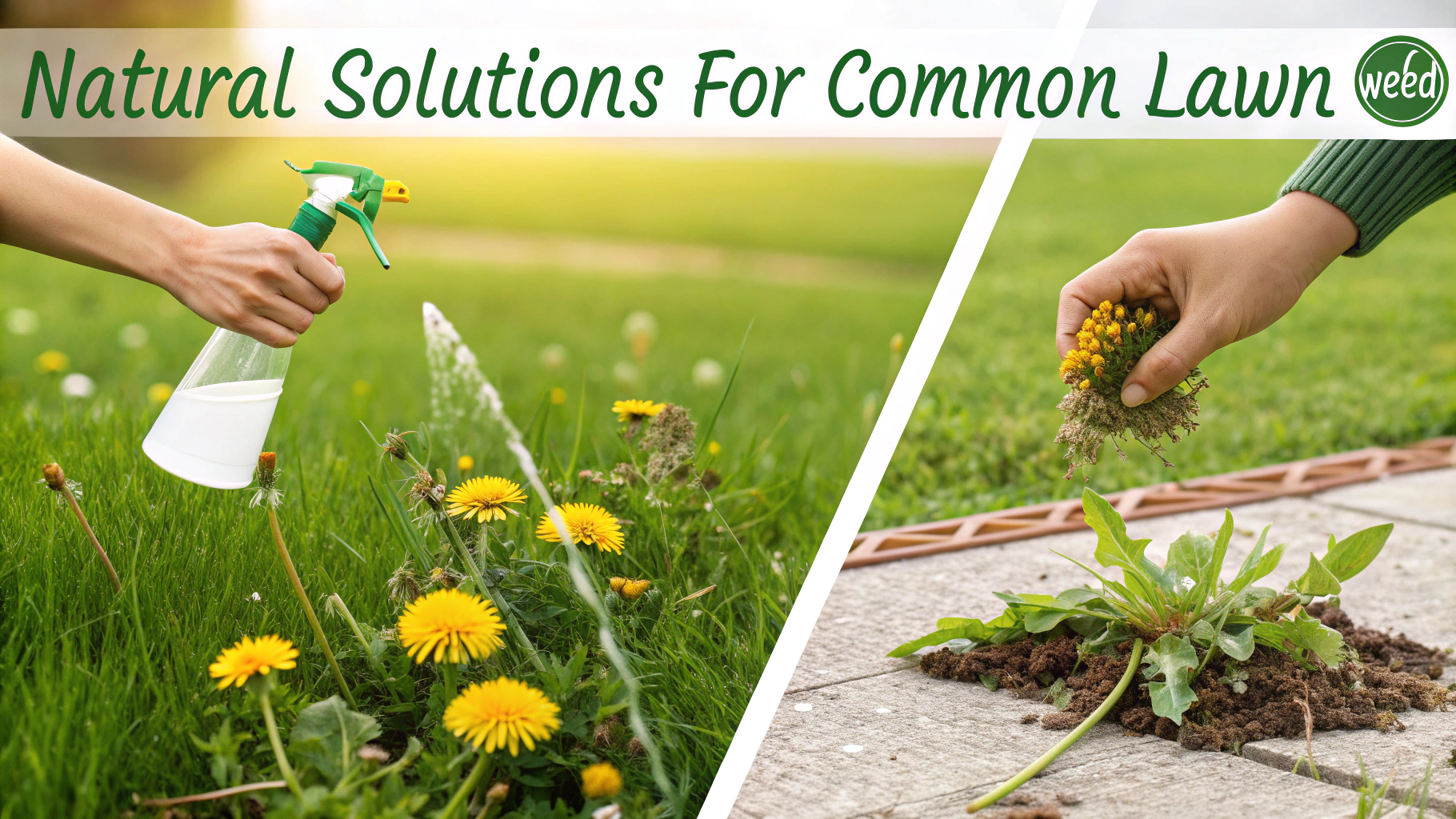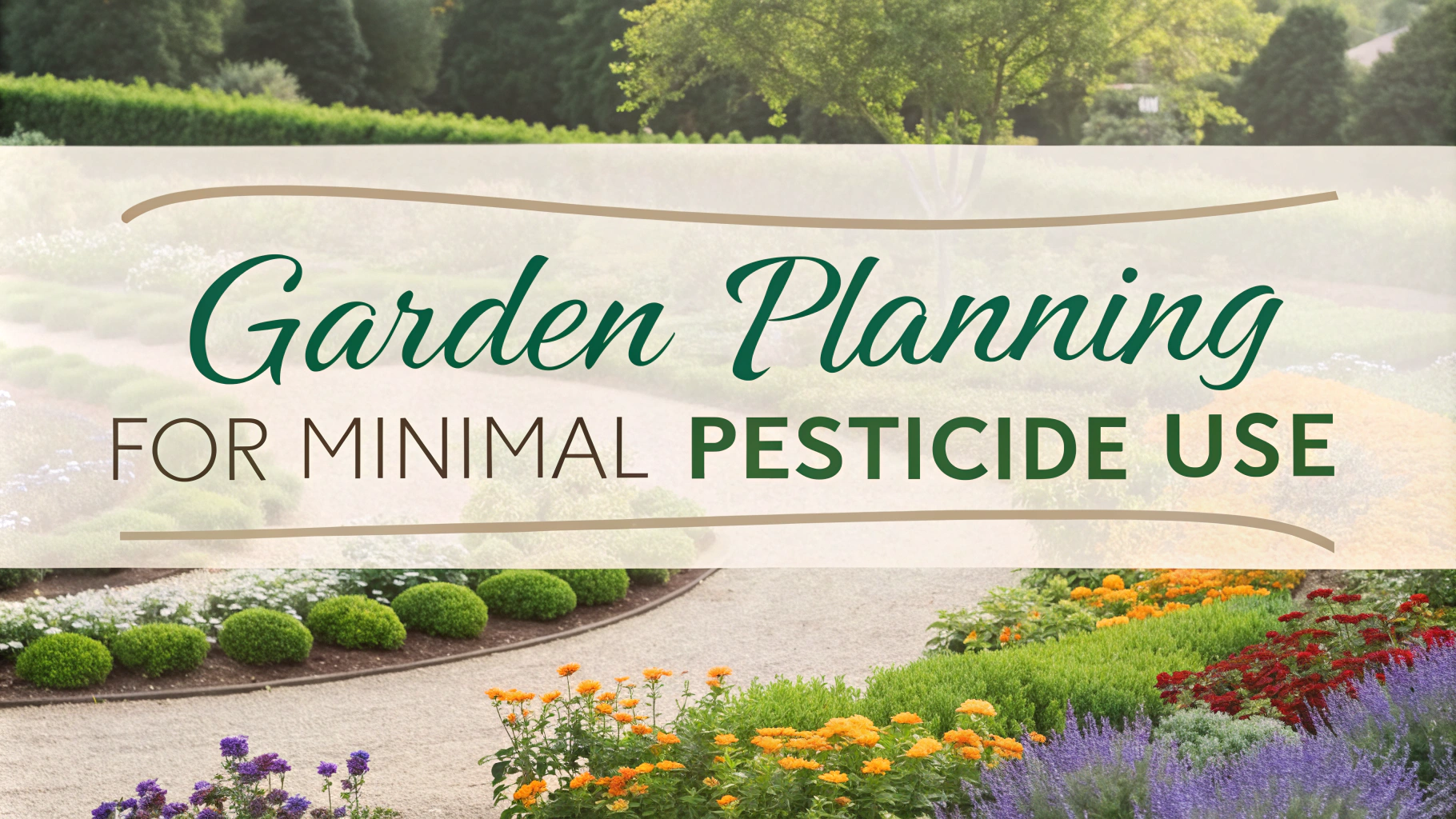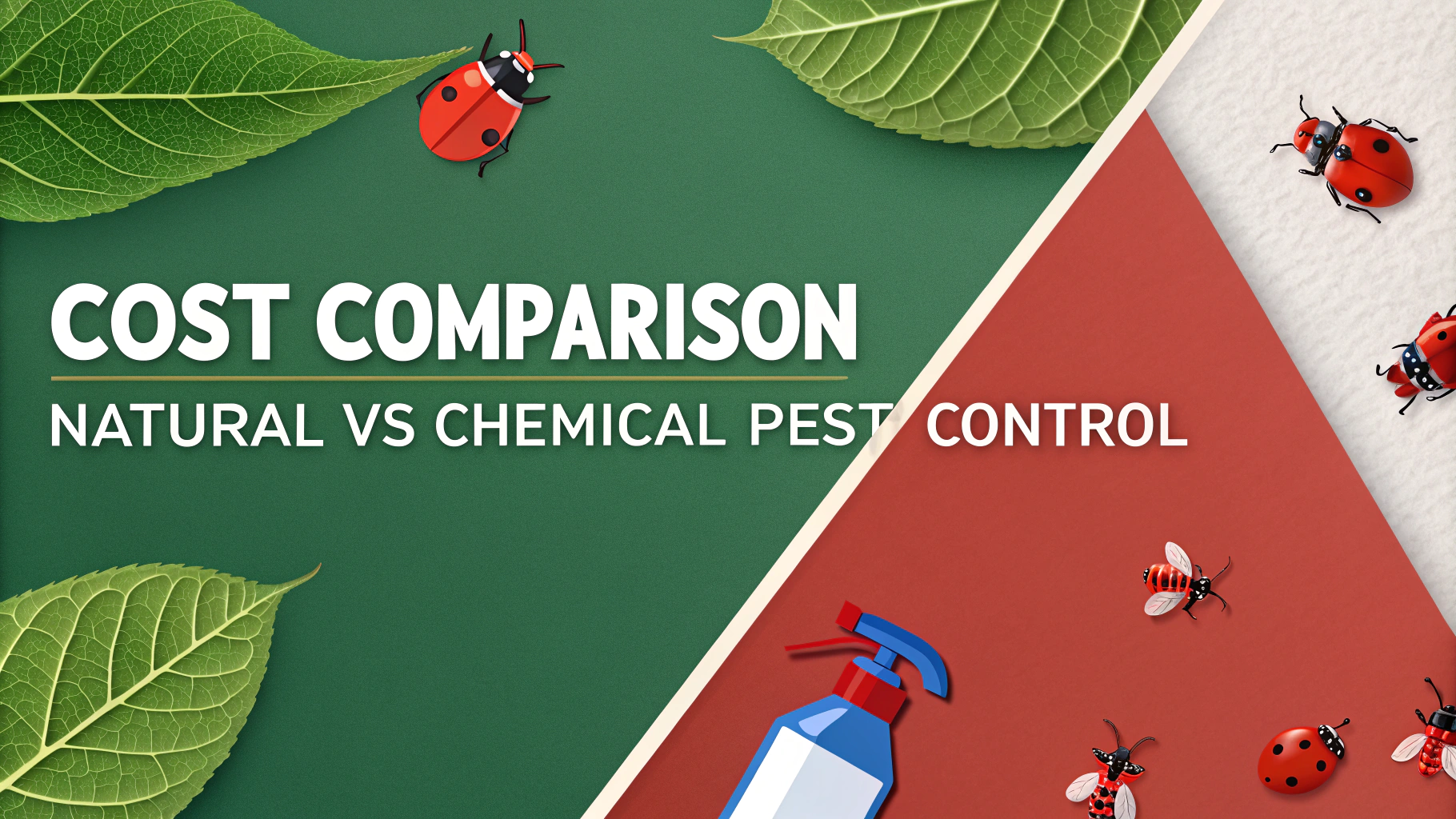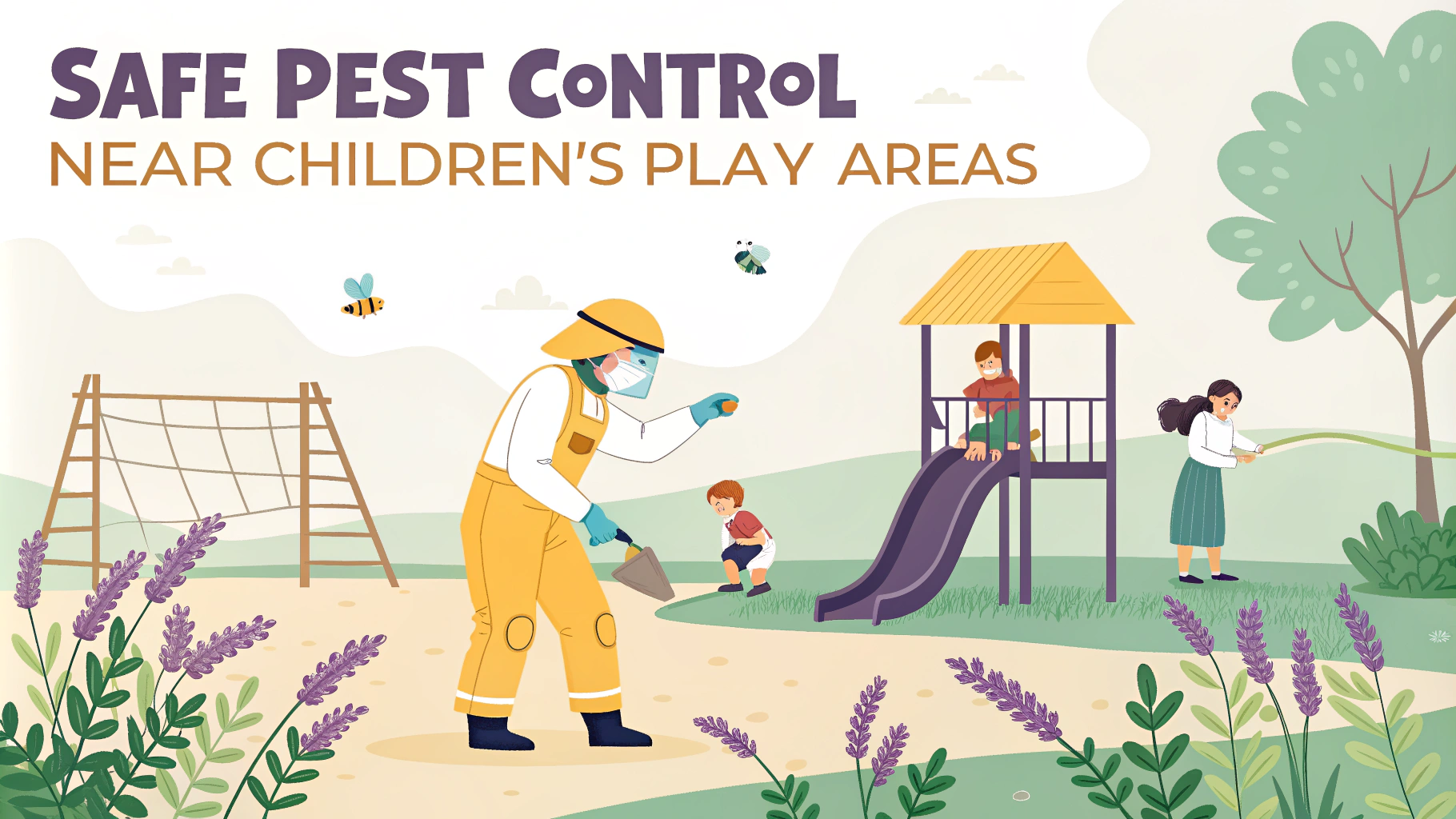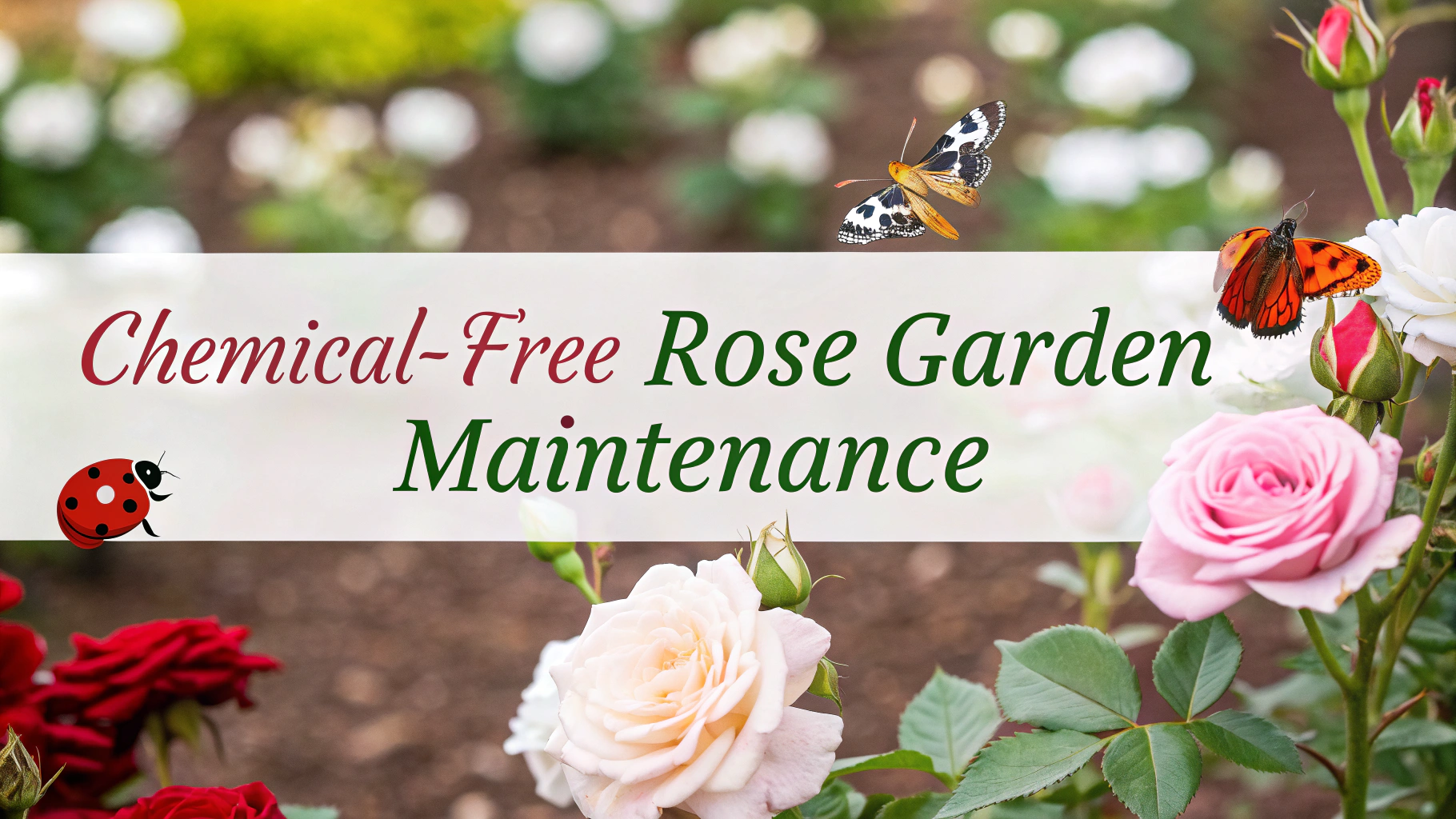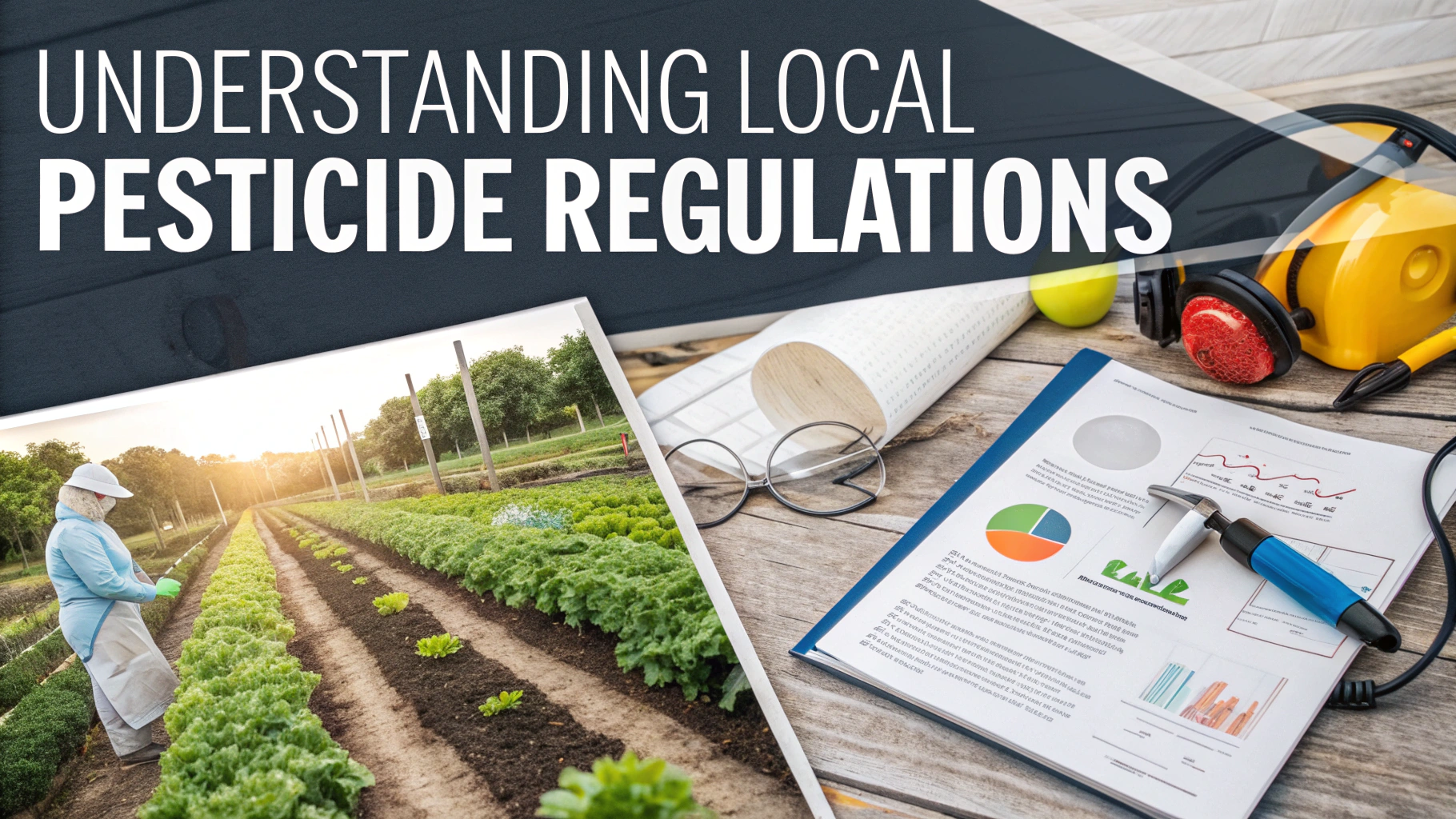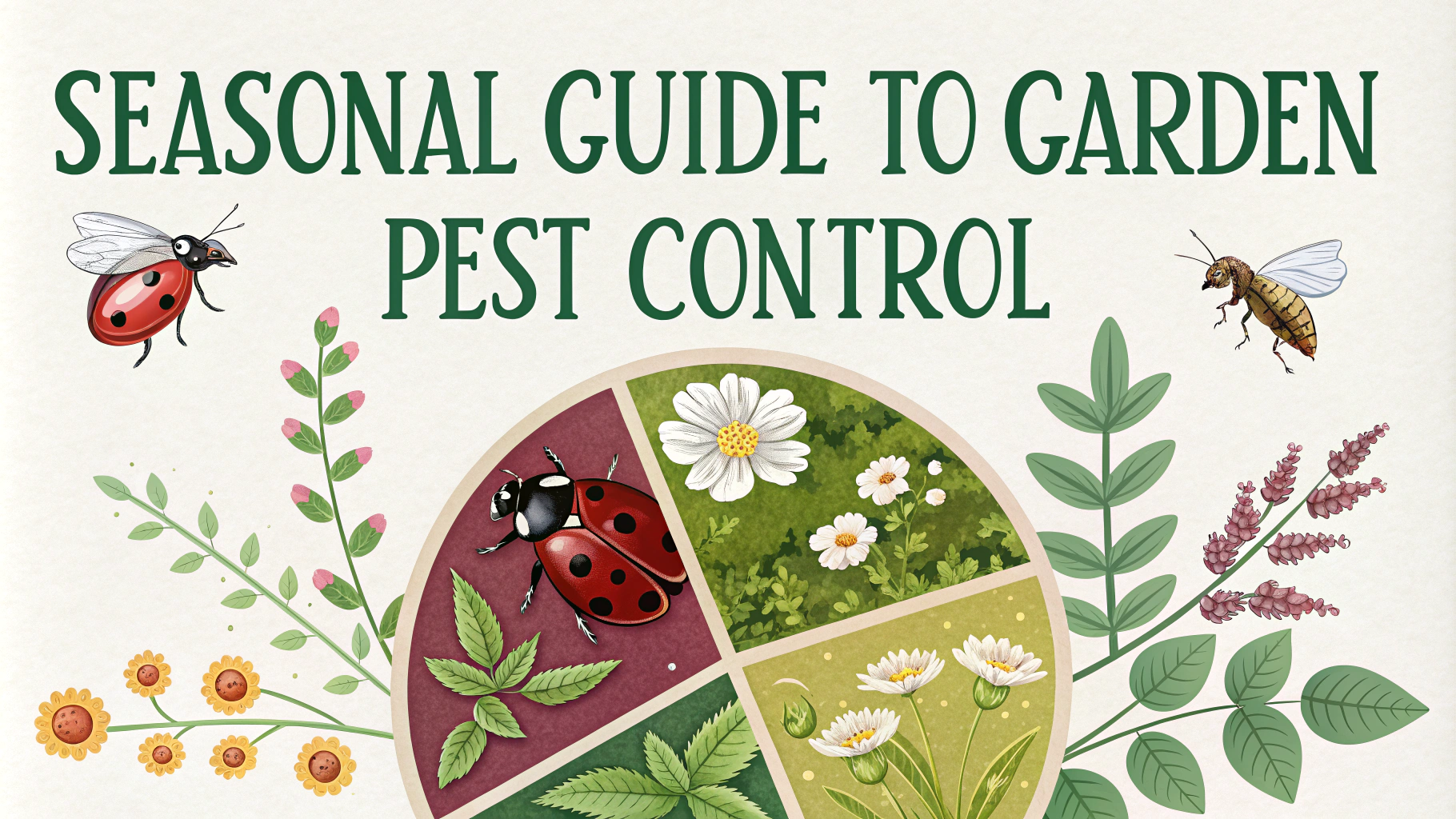Indoor plants can face numerous pest issues, but there are many safe and effective solutions that don’t require harsh chemicals.
Common Indoor Plant Pests
- Spider Mites – Tiny red or white specks that create fine webbing
- Mealybugs – White, cottony clusters usually found in leaf joints
- Fungus Gnats – Small black flies hovering around soil
- Scale Insects – Brown or black bumps attached to stems and leaves
- Aphids – Small green, black, or white insects clustering on new growth
Natural Pest Control Solutions
A simple mixture of mild dish soap and water (1 tablespoon per quart) can effectively control most soft-bodied insects.
Neem oil serves as an organic pesticide that disrupts insect feeding and breeding patterns.
Introducing beneficial insects like ladybugs can naturally control pest populations.
| Natural Solution | Best For |
|---|---|
| Diatomaceous Earth | Crawling insects |
| Rubbing Alcohol | Mealybugs, scale |
| Yellow Sticky Traps | Flying insects |
Prevention Tips
- Inspect new plants thoroughly before bringing them home
- Maintain proper watering schedules to prevent fungus gnats
- Clean plant leaves regularly with a damp cloth
- Ensure good air circulation between plants
- Quarantine affected plants immediately
Organic Pest Control Recipe
Mix these ingredients in a spray bottle:
- 2 cups water
- 1 tablespoon neem oil
- 1 teaspoon mild liquid soap
When to Seek Professional Help
Contact a professional if pest problems persist after trying natural remedies for 2-3 weeks.
For severe infestations affecting multiple plants, consult your local extension office or garden center.
Product Recommendations
- Dr. Earth Final Stop – Organic pest control spray
- Safer Brand Insect Killing Soap – Ready-to-use natural solution
- Monterey Neem Oil – Multi-purpose organic pesticide
Monitor your plants weekly for early signs of pest problems to prevent major infestations.
Application Methods
- Spray solutions in the early morning or evening
- Test on a small leaf area first to prevent damage
- Apply treatments weekly until pests are gone
- Focus on leaf undersides where pests often hide
- Maintain consistent treatment schedule
Environmental Controls
Adjusting growing conditions can naturally deter pests:
- Maintain humidity levels between 40-60%
- Provide adequate lighting without scorching
- Remove dead or yellowing leaves promptly
- Space plants appropriately for airflow
Long-Term Management
Regular Maintenance
- Weekly plant inspections
- Seasonal repotting when needed
- Proper fertilization schedule
- Routine leaf cleaning
Seasonal Considerations
Pest activity often increases during seasonal changes. Adjust care routines accordingly:
- Spring: Watch for emerging pests
- Summer: Monitor more frequently
- Fall: Prepare for indoor transition
- Winter: Focus on prevention
Conclusion
Successful indoor plant pest management combines prevention, natural treatments, and consistent monitoring. Using these organic solutions and maintaining proper plant care creates a healthy environment that naturally resists pest infestations. Remember that early detection and prompt action are key to protecting your indoor garden.
FAQs
- What are the most effective natural pest control methods for indoor plants?
Neem oil spray, insecticidal soap, diatomaceous earth, and sticky traps are proven natural solutions. You can also use diluted rubbing alcohol on cotton swabs for mealybugs and scale insects. - How can I identify common indoor plant pests?
Spider mites appear as tiny moving dots and leave fine webbing. Mealybugs look like white, cottony masses. Scale insects appear as brown bumps on stems and leaves. Fungus gnats are small black flies around soil. - Is it safe to use chemical pesticides on indoor plants?
Chemical pesticides should be a last resort for indoor plants as they can be harmful to humans, pets, and beneficial insects. If necessary, choose products specifically labeled for indoor use and ensure proper ventilation. - How often should I inspect my indoor plants for pests?
Inspect plants weekly by examining both sides of leaves, stem joints, and soil surface. Early detection prevents major infestations and makes control measures more effective. - What preventive measures can I take to avoid pest infestations?
Maintain proper watering habits, avoid overwatering, ensure good air circulation, quarantine new plants for 2-3 weeks, and regularly clean plant leaves to prevent pest problems. - How do I treat spider mites on my indoor plants?
Increase humidity, spray plants with water, apply neem oil or insecticidal soap solution, and isolate affected plants. Repeat treatments every 4-7 days for complete control. - What’s the safest way to control fungus gnats in indoor plant soil?
Allow soil to dry between waterings, use yellow sticky traps, apply food-grade diatomaceous earth to soil surface, or use Bacillus thuringiensis (BTI) mosquito bits in soil. - Can beneficial insects be used for indoor plant pest control?
Yes, ladybugs and predatory mites can be effective against certain pests, but they’re better suited for greenhouse or large indoor growing spaces rather than typical home environments. - How do I make a safe, homemade insecticidal soap spray?
Mix 1 tablespoon of pure castile soap with 1 quart of water. Avoid using dish soap or detergents as they can damage plants. Test on a small leaf area first. - When should I dispose of a pest-infected plant?
Consider disposal if the infestation is severe and multiple treatment attempts have failed, or if the plant shows significant damage that affects its ability to recover.

